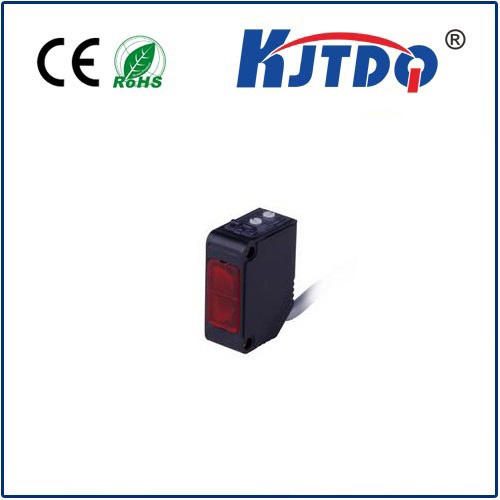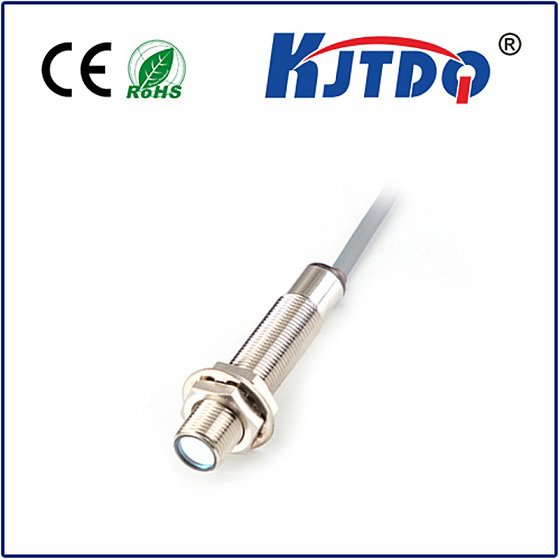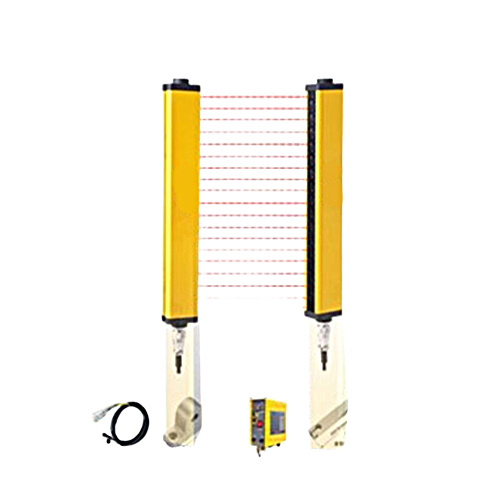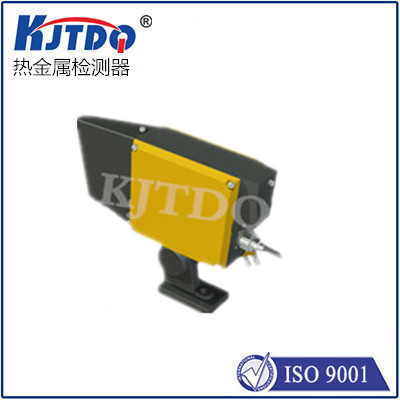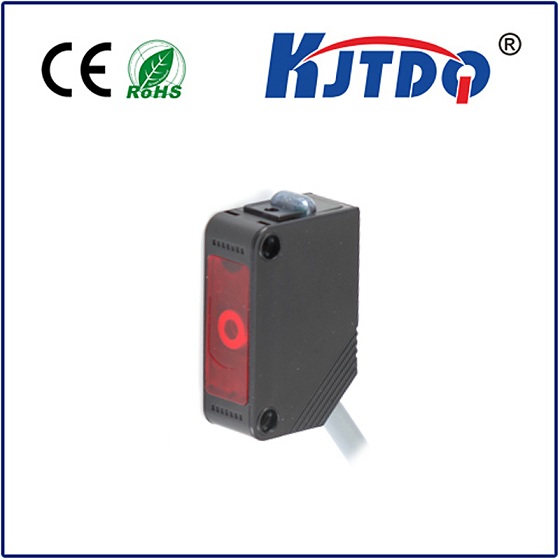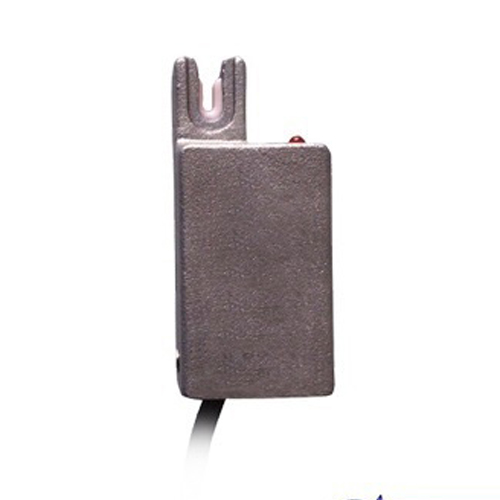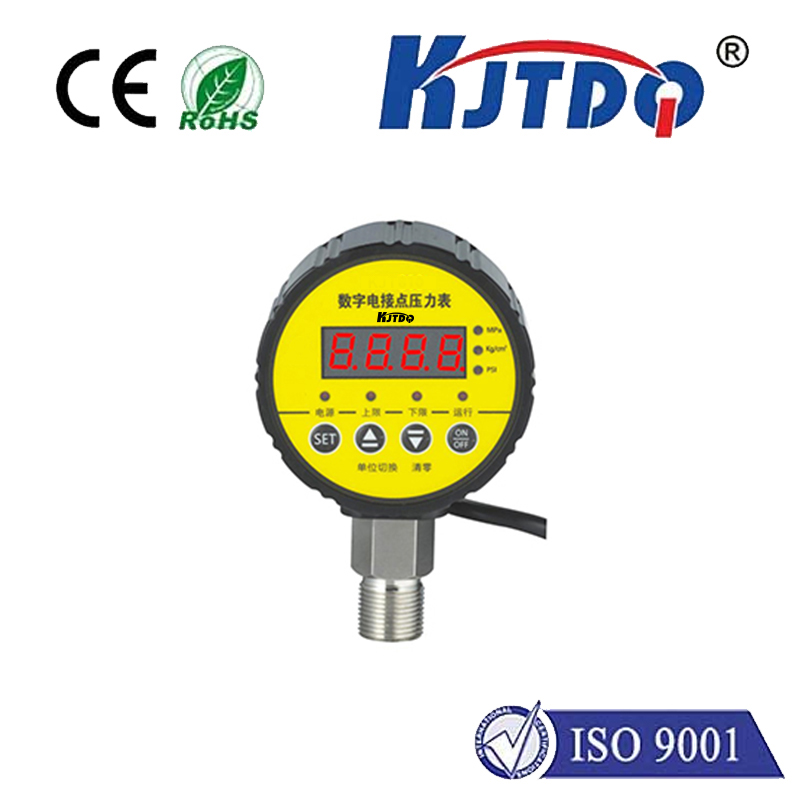

check

check

check

check
Unlocking Precision: The Power of E3Z-D86 Photoelectric Sensor
In today’s fast-evolving industrial landscape, efficiency and accuracy can make or break a production line—imagine a bottling plant missing even a single container due to a faulty detection system. That’s where the E3Z-D86 photoelectric sensor steps in, a marvel of engineering designed to deliver unwavering reliability in the most demanding environments. As automation surges forward, this compact device stands out for its ability to detect objects with pinpoint accuracy, transforming how factories and warehouses operate. Whether you’re an engineer seeking to optimize processes or a newcomer to sensing technology, understanding the E3Z-D86 is key to harnessing smarter, faster operations without costly errors.
Photoelectric sensors, at their core, use light beams to detect the presence, absence, or distance of objects. They’re fundamental in modern automation, offering non-contact solutions that outperform mechanical switches by reducing wear and tear. Among these, the E3Z-D86 model emerges as a standout, developed by leading innovators in the field. Unlike generic sensors, this variant combines robustness with intelligence, making it ideal for applications where precision is non-negotiable. Its design stems from decades of refinement, resulting in a device that operates effortlessly across diverse settings, from dusty warehouses to humid assembly lines. For businesses aiming to cut downtime and boost productivity, the E3Z-D86 photoelectric sensor is a go-to choice, seamlessly integrating into existing systems while scaling for future demands.

Digging into its features, the E3Z-D86 excels through a blend of innovative engineering and user-friendly elements. First and foremost, its compact size allows for easy installation in tight spaces—measuring just millimeters in diameter, it won’t overcrowd machinery setups. This small footprint is paired with exceptional sensitivity, capable of detecting minute objects down to fractions of a millimeter. Think of it scanning labels on high-speed conveyor belts, where even a slight misalignment could trigger errors. The sensor also boasts a wide operating range, withstanding temperatures from -25°C to 55°C and resisting common industrial hazards like vibration and moisture. Moreover, it incorporates advanced optics for stable performance, ensuring that light interference or ambient conditions don’t compromise readings. A key advantage is its long lifespan; with low power consumption and minimal maintenance, it reduces operational costs significantly. In practice, this means fewer replacements and more consistent output, a win for budget-conscious teams. As one industry expert notes, such features elevate the E3Z-D86 photoelectric sensor beyond basic detection tools, turning it into a strategic asset for optimized workflows.
How does this sensor achieve such reliability? Its operation hinges on a straightforward yet effective principle: emitting a light beam and measuring how it interacts with objects. The E3Z-D86 typically uses infrared or visible light, which bounces off surfaces or gets interrupted, depending on the setup. For instance, in diffuse-reflective mode, it detects objects by the light reflection, while through-beam applications involve separate emitters and receivers for heightened accuracy in long-range detection. This versatility allows it to handle tasks from simple presence checks to complex positioning systems. The beauty lies in its signal processing intelligence; built-in amplifiers and microcontrollers analyze light patterns instantly, rejecting false triggers caused by dust or background noise. That’s why in noisy environments like packaging plants, the E3Z-D86 maintains flawless detection, avoiding costly stoppages. Setting it up is intuitive, too—engineers can adjust sensitivity via easy-access dials or digital interfaces, making it accessible for both novices and seasoned pros.
Turning to real-world applications, the E3Z-D86 photoelectric sensor proves indispensable across multiple sectors. In manufacturing, it ensures precise part counting on assembly lines, such as verifying components in automotive builds. For example, car manufacturers rely on it to detect tiny bolts or misplaced items, reducing defects by up to 30%. Similarly, in logistics and warehousing, it monitors pallet movements, optimizing inventory flow during high-volume shipments. Another critical arena is food packaging, where hygiene is paramount; the sensor’s sealed design prevents contamination while handling sensitive items like bottles or cans. Beyond this, it plays a role in safety systems, like halting machinery when humans enter restricted zones, thereby preventing accidents. The adaptability of the E3Z-D86 shines in environments with variable conditions—say, a bottling plant where condensation could fog lesser sensors, but this model’s advanced optics cut through with ease. Overall, its applications stretch from pharmaceuticals to recycling facilities, demonstrating how this device drives efficiency and innovation industry-wide.
Why choose the E3Z-D86 over alternatives? Its advantages stem from a focus on durability and performance. Compared to older sensors, it offers superior reliability through enhanced shock resistance and longer detection distances, minimizing false alerts. The energy efficiency is another plus, consuming less power than many compes, which translates to lower electricity bills and eco-friendly operations. Cost-wise, it’s a smart investment; while entry-level models exist, the E3Z-D86 provides unmatched value by reducing maintenance needs and extending equipment life. Plus, its compatibility with various controllers and systems means seamless upgrades without overhauling existing infrastructure. In essence, this sensor addresses common pain points like downtime and inaccuracy head-on, ensuring that operations run smoothly 24⁄7.
For optimal results, proper setup and handling are crucial with the E3Z-D86 photoelectric sensor. Start with a site assessment—consider factors like mounting angles and environmental interferences to prevent issues like beam misalignment. Regular cleaning of lenses is simple yet vital for maintaining peak performance. By integrating it strategically, whether in standalone units or networked arrays, businesses maximize uptime and achieve tangible gains in productivity and quality control.
